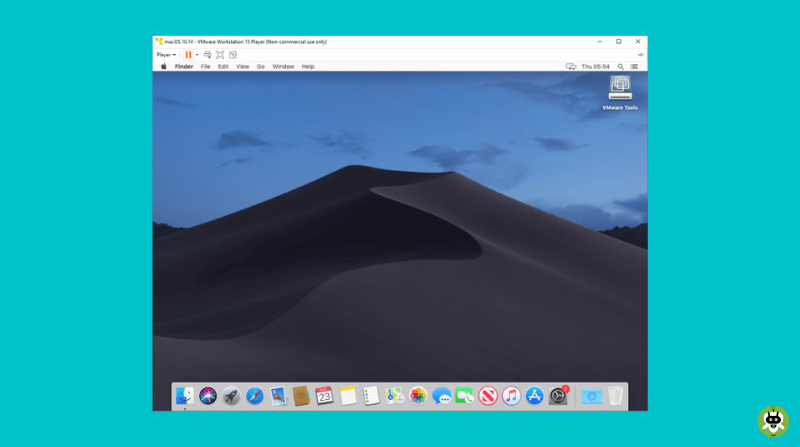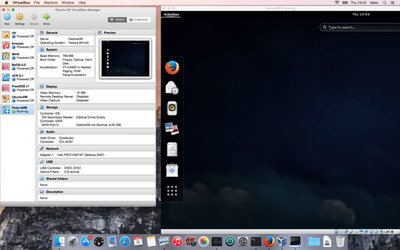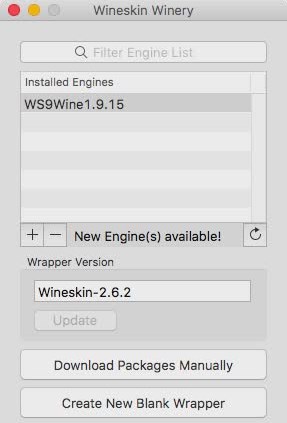
- #Run mac program on windows install
- #Run mac program on windows drivers
- #Run mac program on windows windows 10
- #Run mac program on windows download
- #Run mac program on windows free
It should now look like the following screenshot. Now click New Drive and check Removable and click Create to add a CD drive: Once selected, set the interface to NVMe:
#Run mac program on windows windows 10
At least half of your computer’s total memory is recommended for performance:Ĭlick Drives from the top and then click Import Drive:īrowse to, and select the Windows 10 QCOW2 that you converted from the VHDX file previously. Now click the System button in the top menu and select ARM64 (aarch64) architecture. If its not the right icon, click it (which brings up a menu of other icons), and select the Windows icon:

You can optionally choose an icon by selecting Operating System in the bottom drop down menu. Open UTM and click Create a New Virtual Machine:Įnter a name for the VM.
#Run mac program on windows install
Now we can go ahead and use UTM to create a virtual machine with which we will install Windows 10. It is recommended you do this with a fresh VHDX from Microsoft in case your image was already corrupted. We can now use the QCOW2 image when creating the virtual machine below. You can put them elsewhere if you prefer, but be sure to replace ~/UTM_VM with your own path to the file.Īlso, you may need to rename the Windows file (for example, replace 21354 with the applicable number on your file). In my case, I’d placed both the Windows file and the SPICE guest tools into a folder called ~/UTM_VM. With QEMU now installed, run the following to convert the VHDX file to QCOW2: qemu-img convert -p -O qcow2 ~/UTM_VM/Windows10_InsiderPreview_Client_ARM64_en-us_21354.VHDX ~/UTM_VM/Windows10_InsiderPreview_Client_ARM64_en-us_21354.qcow2 If you get an error that reads “Cannot install in Homebrew on ARM processor in Intel default prefix”, your Homebrew might not be configured for your M1 Mac. With Homebrew installed, open a Terminal window and run the following: brew install qemu You can install it with the command on the Homebrew website. The following steps require that Homebrew is installed. To prevent this, we’re advised to convert the VHDX file to a QCOW2 file, as follows.

Convert the VHDX Image to a QCOW2 ImageĪccording to the UTM documentation, sometimes the QEMU handling of VHDX images will result in Windows becoming corrupted. We will use this later, when we install Windows.
#Run mac program on windows drivers
Under the SPICE Guest Tools and QEMU Drivers (Windows) heading, click Download.It’s quite a large file (mine is 9.74 GB), so it might take a while to download. In my case this blue button reads Windows 10 Client ARM64 Insider Preview – Build 21354.
#Run mac program on windows download
#Run mac program on windows free
VirtualBox is a free virtualisation application that enables you to install virtual machines (with other operating systems) on your Mac.įortunately, there’s a free alternative to VirtualBox – UTM.

Prior to the M1 Mac, we could use VirtualBox to install Windows on our Mac. One application that doesn’t run on M1 Macs is VirtualBox. This was a major change, and it affected many third party applications to the point where they simply don’t run on the M1 Mac. In 2020, Apple introduced Mac computers with Apple silicon, with the first chip being the Apple M1.


 0 kommentar(er)
0 kommentar(er)
